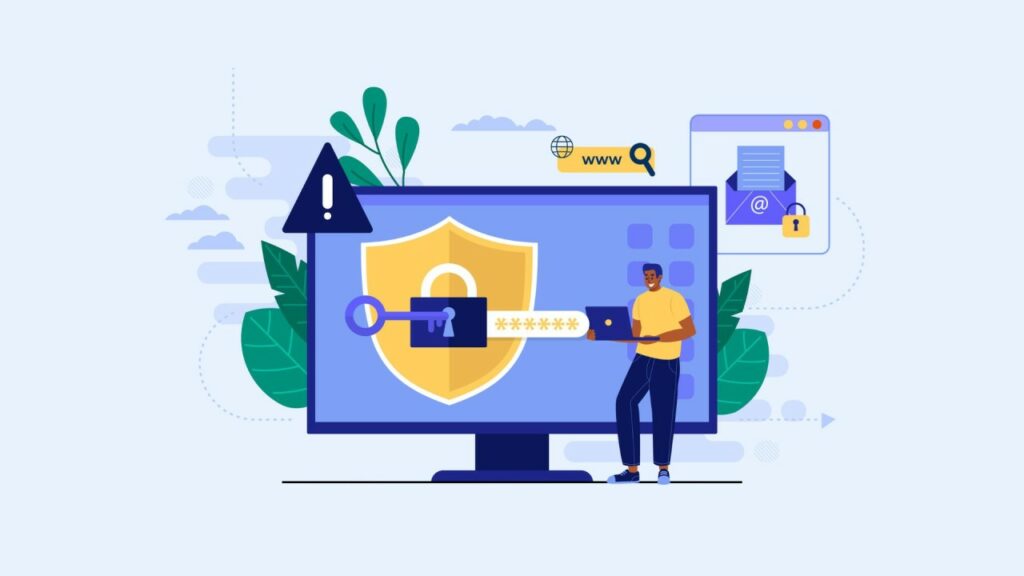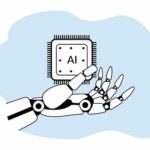Welcome to Blog 4!
For this week’s blog, I am discussing the issues surrounding privacy in the digital learning environment, the principles of universal design learning (UDL), and the ethics and digital tools taken into account in the education setting.
Privacy in Digital Learning
Privacy in digital education describes the trust between the user and the digital environment. Privacy protects users’ personal and academic information while ensuring their freedom.

Students should expect open learning to ensure privacy when interacting with these environments. Privacy, support, and trust are what help promote accessibility and inclusivity for learners. Ensuring privacy can also attract people to certain databases, and your personal information shared within these websites should not be shared without permission.
For example, the Freedom of Information and Protection of Privacy Act (FIPPA) is an act in Canada that controls how educational institutions and other major bodies manage your personal information. This act ensures that your data is protected and stored within Canada unless given permission. Below I included the FIPPA act in full detail from the Government of British. Columbia website.
https://www.bclaws.gov.bc.ca/civix/document/id/complete/statreg/96165_00
Relevancy and Ethics of Privacy
This is relevant to open learning as it may help with the approach to the school systems, especially for international students who may question how much privacy they have when studying abroad. The growing popularity of online learning also requires more privacy between users for it to become a reliable resource for education. My experience of studying in Canada has allowed me to trust and appreciate the effort put into respecting the public’s privacy when it comes to open and distributed learning. In this article discussing the ethical challenges of education technology, Regan and Jesse (2018) state that any concerns should be explored and refined in policy discussions. It is important to clearly explain and justify the criteria used for these educational technology applications. Clarity and transparency are two ethical goals of successful privacy in the education environment and aid instructors and students.

https://link.springer.com/article/10.1007/s10676-018-9492-2
Schools or instructors can also take necessary action to protect students’ privacy by using online tools. For schools to ensure ethical use of technology, the development of policies and constant feedback can help with consistency with privacy and transparency. Anything outside of this is exploitation and breaches respect and privacy.
Here is a website that covers privacy and information in Ontario schools. It is incredibly useful, as it provides examples of improper collection, unauthorized use and disclosure, and suggests best practices for the use of online educational services.
https://www.ipc.on.ca/en/education/special-topics/privacy-in-the-networked-classroom-and-the-use-of-online-educational-services
Student Privacy Balance
If student privacy is affected, the only acceptable situation would ask for consent and give notice if privacy is adjusted or if students are monitored. For example, acceptable scenarios based on my experience would be:
- Monitoring (Proctoring) Quizzes and Exams
- Activity and Progress Tracking on Programs and Databases
Monitoring live exams and website activity is something I experienced during my studies at UVic. As a student, I was aware that my progress and activity levels were monitored on the course website, which is usually included in the syllabus.
During our exams, we were notified before being proctored. This allowed professors and invigilators to access what was displayed on my monitor and webcam for the exam to ensure students were not breaking any rules. This is a good balance of educational goals while protecting students’ privacy. Privacy should be consistently maintained, and any changes in privacy levels, such as during final exams, should be openly discussed with students. Open learning as a whole should demonstrate similar principles, to build relationships with students and learning.
If you have any experience sharing data or information within a digital learning environment, do you always feel that your information is safe and protected? If not, how can digital spaces improve their public privacy?
Universal Design for Learning (UDL)
The UDL is a design that involves principles to help with flexibility in learning environments for students with learning differences. It is a method of removing barriers while making the classroom more inclusive. The main principles of the UDL are
- Presenting Information and Education in Different Ways
- Providing Different Ways for Students to Express Their Knowledge
- Allowing Students to Provide Equal and Full Engagement.
The in-depth guidelines can also be found on this link below:
https://udlguidelines.cast.org/more/udl-goal/
UDL can be used effectively in open and distributed learning to provide students with equal accessibility and levels of inclusivity. Based on the weekly readings, I found a useful yet brief video on how it can benefit students like myself who are learning on campus.
The main point that relates to my learning journey from this video is that UDL can bring confidence to faculty in teaching students with diverse abilities. The video emphasizes the importance of flexibility and options in the learning environment by design, ensuring that students have the necessary resources to make learning accessible. This strongly relates to online learning as instructors have to make more effort to engage and connect with students when teaching through a device.
A struggle that occurred in my studies was expressing my passion and creativity on online platforms. For example, submitting projects and posterboards without handwriting or personalized drawings was a huge drawback of online learning. Specific UDL principles have supported my learning differences throughout my degree.
- Presenting Information and Education in Different Ways
- Providing Different Ways for Students to Express Their Knowledge
- Allowing Students to Provide Equal and Full Engagement
Specifically, “Providing ways for students to express their knowledge” would fulfill my needs when it comes to project completion. Additional resources, such as project workshops, flexibility in the format of the project, and instructor communication would allow students who had similar issues as myself to feel more included and engaged in online learning.





